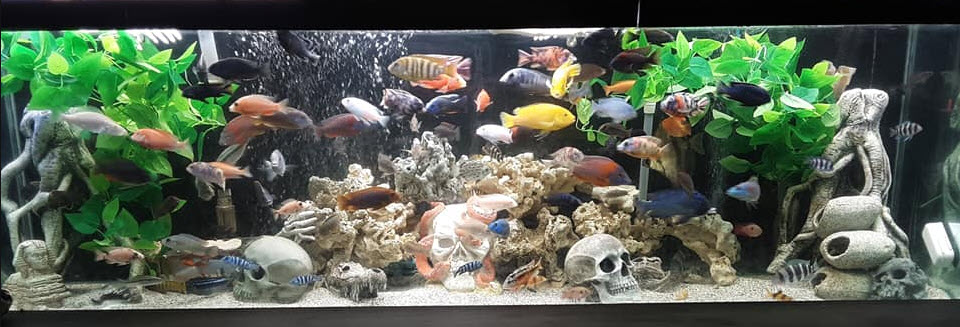
The bacteria which convert toxic fish pee to a non-toxic substance are called “beneficial bacteria”. Let us put one persistent myth to bed right away. Beneficial bacteria ONLY grow on surfaces. They do not grow in the water column. So water from an established tank will not “significantly” “seed” beneficial bacteria into a new tank.
But note there are still some beneficial bacteria that will be removed from the surfaces of an established aquarium filter and be floating in the water column. They just won’t metabolize or reproduce in the water column. So the aquarium water will do a “little bit” of “seeding”.
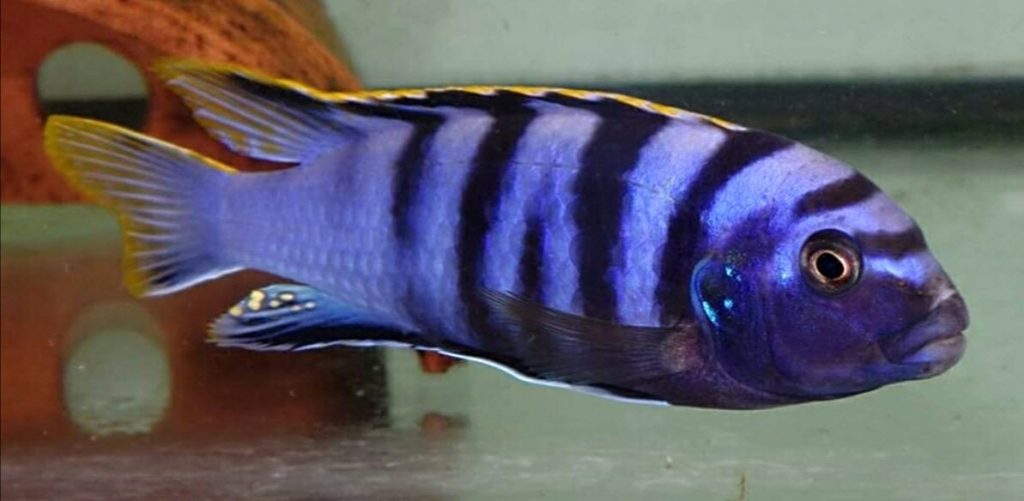
“Inoculates” are materials that have significant quantities of “seed” beneficial bacteria, colonies of existing beneficial bacteria that can jump-start the cycle of a new aquarium. Inoculates need to have millions of beneficial bacteria in them to be effective. There are several “inoculates” which do a good job of “seeding” an aquarium for cycling. These inoculate are:
- “Brown Gunk” washed from an Established Aquarium Filter
- Soil from Aquarium Plants
- Garden Soil (not commercial bagged garden soil)
- Soil from a potted plant
- Composted Manure
- Mud from a pond
Commercial, off the shelf, “instant start” and “bacteria in a bottle” products do not work. This was confirmed by extensive scientific testing with controls. Add as many of these inoculates as one can get, When I set up my aquariums in Florida I used four of these inoculates.
Soil, compost or mud can just be put in a sock (or a mesh bag), one teaspoon to one tablespoon per twenty gallons and the sock squeezed several times per day into the aquarium. Alternatively one can just dump the inoculate into the filter or the aquarium and let it go where it might. Do not overthink this. It is not rocket science,

“Gunk” from an Established Filter
Ideally, the startup of the aquarium can be done by putting into the aquarium water something called “gunk”, a “seed” source of beneficial bacteria from an established filter. Using this “gunk” can shorten the cycle from 4 to 6 weeks to 4 to 12 days. This “gunk” can be old brown unwashed aquarium filter bags, floss, gravel from an under-gravel filter, sponge, ceramic rings, bio balls, fluid bed media, etc. This “gunk” is a very good “seed” source (inoculant) of the beneficial bacteria that will remove the ammonia.
Note that by “established” we mean an aquarium filter media that has been in place for at least two months. Note also that not all “gunk” is created equal. “Gunk” from biofiltration media or an under-gravel filter is a much better inoculant than gunk from a mechanical filter. The brown water that results from squeezing a sponge filter or stirring up some aquarium gravel in an under-gravel filter is probably the best “brown gunk” you can get.
It is also important to get this brown gunk “stuck” in a place where there is good flow, like on the filter media. If one just leaves it lying at the bottom of a tank it won’t work very well. I keep stirring the tank whenever I use brown gunk, like ten times a day. To oxidize ammonia beneficial bacteria need both a surface to attach to AND a good flow over that surface.
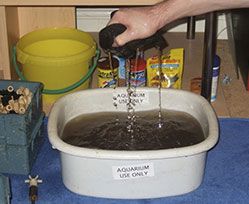
There is one very interesting idea that has just recently come on the scene. The website Angelsplus.com has what appears to be a unique product. They have sponge filters that have been cycled in their tanks for sale. The sponges have the “brown gunk” in them that is ideal for setting up a new aquarium. This “Active Sponge Filter” can be found in their catalog under filters. This is a great idea! The only downside is that they do have snails in their tanks so you will get snails with the live filter.
Note that many say a used filter carries diseases and will contaminate a new tank. In a way this is true. But the pathogens we are talking about here are things like columnaris bacteria. These bacteria are present in most tanks and on most fish. They are what is termed “ubiquitous”. They are found everywhere. So keeping them out of any tank is impossible.
A pathogen like ich is generally not going to be found in a filter unless the tank has an active outbreak of ich going on. So if you don’t use a filter from a hospital tank or a quarantine tank to seed a new tank everything should be just fine.
Note that the brown stuff from aquarium gravel in an aquarium without an under-gravel filter or brown algae on decorations is not as good an inoculate as brown gunk from a filter. Beneficial bacteria only grow on surfaces that have a high flow rate across them, such as is found in filters. So substrate or decorations will not have a lot of beneficial bacteria. But the brown gunk from aquarium gravel will have a lot of little organisms in it which will help establish a “mature” tank.
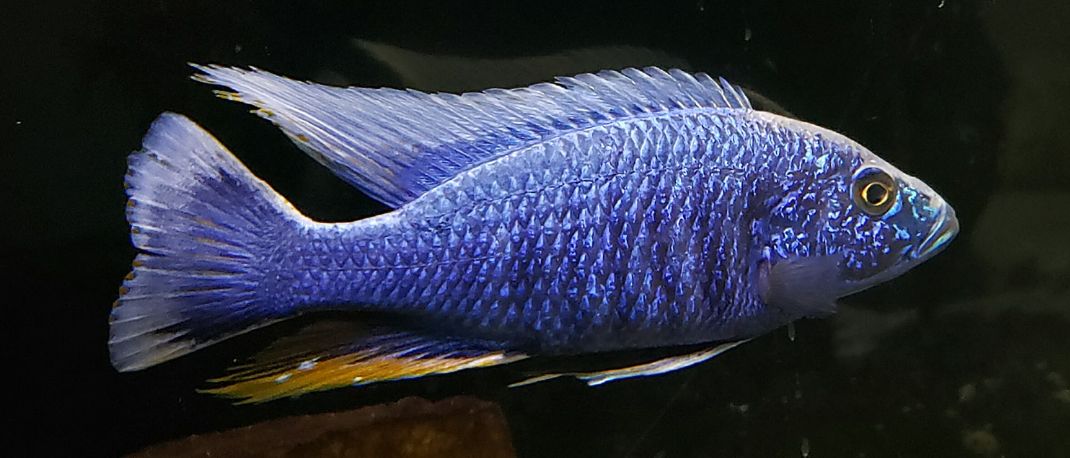
Soil from Aquarium Plants
If you don’t have a source of aquarium filter “gunk”, buy one or more potted aquarium plants from your aquarium store. Only buy plants that come in containers or from aquariums that are free of fish. The potting media in these plants will generally have good colonies of beneficial bacteria going. Put these pots into the aquarium and squeeze them several times. This releases the beneficial bacteria around the roots of the plant.
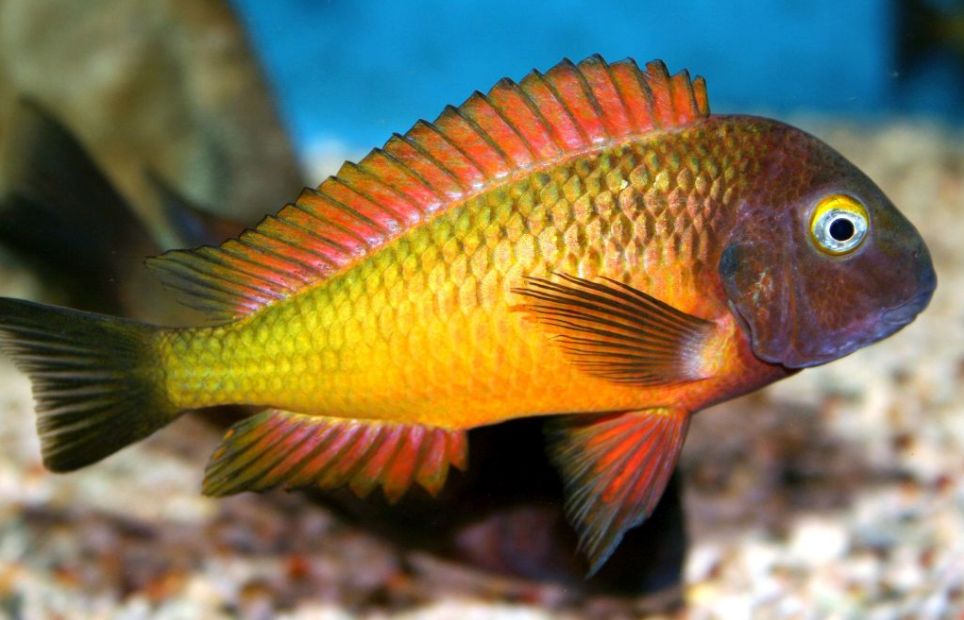
Garden Soil
A hobbyist starting up a new aquarium can add a heaping tablespoon of the darkest, blackest soil from their garden. Soil from a houseplant pot is also very good. Do not use commercial soil mixes in a bag. This bagged soil is sterilized and won’t have any beneficial bacteria in it.
Organic garden soil often has large colonies of beneficial nitrifying bacteria. Indeed, almost all soil has sizable colonies of beneficial bacteria. That’s where researchers get their beneficial bacteria to study. One researcher calculated that one gram of garden soil had 19 million beneficial bacteria in it.
And don’t worry about pesticides or herbicides. Virtually all the modern versions of these chemicals degrade into harmless stuff in a matter of one to two days.

Note garden soil has a lot of little organisms in it. These organisms are virtually all very beneficial in an aquarium. For instance, small detritus worms are beneficial in an aquarium. breaking down excess food before pathogenic bacteria can feast on it. The chance of finding a fish pathogen in garden soil is zero.
Note that folks in a desert have a problem with beneficial bacteria. The low relative humidity kills beneficial bacteria in the air and the soil. So setting up an aquarium without inoculate from an established aquarium in the desert is more difficult than elsewhere.
In the desert buy a small tropical plant in your local grocery store. Wet the soil in the aquarium, then squeeze it into the water. Repeat this several times then put the plant into the aquarium. This typically will cloud the water for a week or two and will then be absorbed by the filter media and disappear.
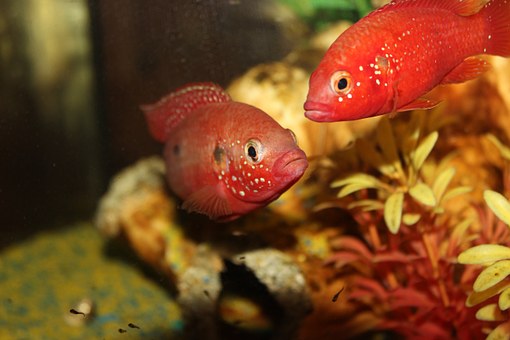
Compost
Most hardware stores have composted cow manure (1-0-0) such as Black Kow in their garden section. A teaspoon to tablespoon per twenty gallons of this added to the aquarium is an excellent inoculate.
Compost will cloud the water and turn it into a deep shade of brown. The cloudiness and debris in the water will be removed by the filter in one to two weeks. The brown color will need a complete water change to remove the color. This is one decided disadvantage of this method.

Pond Mud
There is another type of inoculate which works very well for aquariums. This is the brown detritus and mud found in ponds and streams.
When I first started my Florida aquariums 13 years back, I deliberately went out and obtained some brown scum and mud from a local pond. I put it in my first tank along with soil from a potted plant, Black Kow composted cow manure, and a half-full jar of old K2 filter media (filled with brown gunk) I brought from Arizona. I did this to get something called “biodiversity” in my filter brown gunk. Biodiversity is the key to a stable healthy aquarium. The population of this brown gunk in this first aquarium filter has seeded all my subsequent aquarium filters.
One way to add this biodiversity is to put teaspoons of pond mud in a sock. Put the sock in the filter of the new tank and just leave it for a month or two. Easy! Or you can just add it all directly to the tank water. Or you can bury it in the substrate. In a month or two you won’t even be able to tell you added anything. This is an inoculate for “beneficial organisms”, tiny protozoan and metazoan carnivores. These organisms are very important to the health of the aquarium. We go into this in more depth in this link:
2.14. The Mature Aquarium
.

Fish Poop
Many people are quite “successful” putting fish in the tank and doing a “fish-in” cycle. Fish poop sometimes has some amounts of beneficial bacteria in it and can “cycle” a tank in as little as fourteen days. But most of the fish-in cycles I did “way back when” took four to six weeks to “cycle”.
The problem with this “fish-in” cycling is the definition of cycling. Many consider cycling “done” when there is no longer any ammonia in the water of a fish-in cycled aquarium. Since a few fish only put out tiny amounts of ammonia this can happen quite rapidly. But “way back when” I considered an aquarium cycled when the water cleared. And clear water takes much longer. Since I now only do fishless cycling I consider the cycle done when 2 ppm of ammonia is converted to nitrate in less than 24 hours.
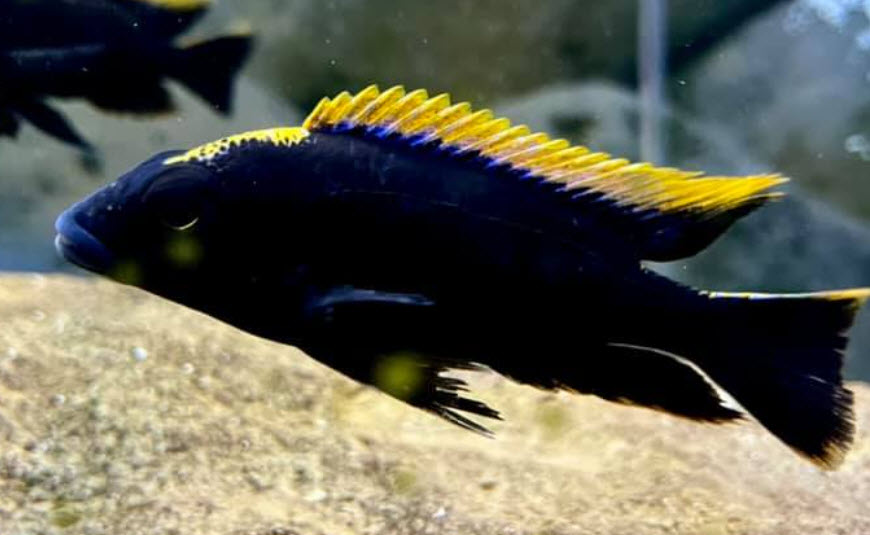
How the Cycle Progresses
If one uses one of the four inoculates above one will notice that there will most often be no nitrite that shows up if one is testing the water. This is because without inoculate the nitrite-eating bacteria only start multiplying AFTER the ammonia-eating bacteria start actively metabolizing ammonia. But with good inoculate, there are a goodly amount of nitrite-eating bacteria present immediately. So nitrite is converted to nitrate immediately. And no nitrite shows up in the tests.

Bacteria-in-a-bottle
Commercial “bacteria-in-a-bottle” products simply don’t work as inoculate. This was verified by testing. The test showed some eleven common bacteria in a bottle to be worthless.
In this test 14 five-gallon buckets with water and sponge filters were set up. Fourteen different water treatments were used (including 9 different “bacteria-in-a-bottle”). Two tanks had no inoculate (the “controls”). The five-gallon setups were then cycled with ammonium chloride solution at 4 ppm:
Water treatments and results:
- Composted cow manure 6 days
- Brown gunk from established aquarium sponge filter 8 days
- Garden soil 10 days
- Four controls and eleven “bacteria-in-a-bottle” treatments randomly from 28 to 46 days
This is an easy test anyone can do. Interesting. Its results correlated closely with another experimental study done by Broken Aquarium .com. The “fish-in” study by Broken Aquarium had the “control” (no treatment) cycling at 22 days, FritzZyme at 27 days, and Seachem Stability at 33 days. Note that those who do this experiment with only one tank, one product, and no “control” aren’t experimenting.

Several other researchers got similar results (see the link below).
Note this test was repeated and the results replicated very well.
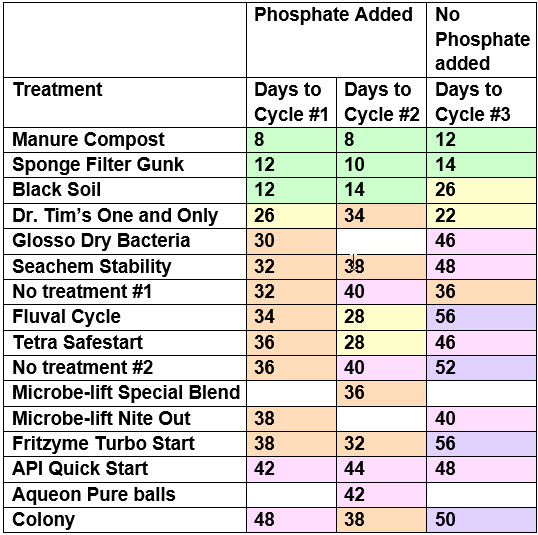
The third test here showed that the addition of phosphate to the water before the start of cycling is surprisingly beneficial.
See this link for details about this test:
2.8.Bacteria-in-a-Bottle
.
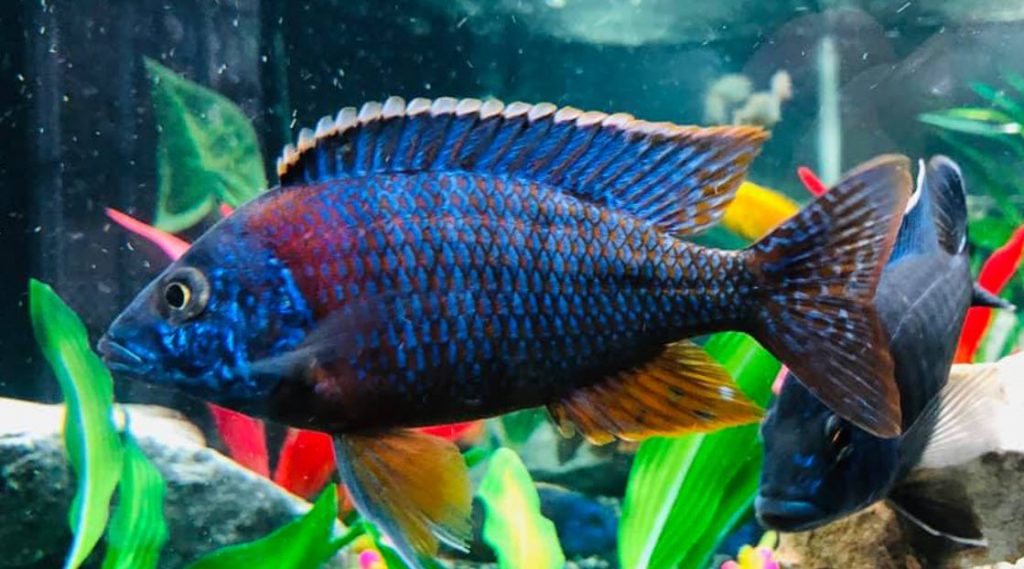
The Science in More Depth
Then there is the science behind cycling for those who are curious. This science is reviewed in the following links:
2.10. The Nitrogen Cycle
2.12. Beneficial Bacteria
2.14. The “Mature” Aquarium
The topic of filtration and cycling are closely related. So if one is interested in delving deep into the science and the calculations behind all aspects of filtration the following is pertinent:
6.2. Biofiltration
6.2.1. Detritus Explained
6.2.2. Brown Gunk
6.2.3. Cloudy Water
.
Return to Cycling Menu
.
Aquarium Science Website
The chapters shown below or on the right side in maroon lead to close to 400 articles on all aspects of keeping a freshwater aquarium. These articles have NO links to profit-making sites and are thus unbiased in their recommendations, unlike all the for-profit sites you will find with Google. Bookmark and browse!
.

Dave says
Doesn’t make any difference
Mike says
I’m setting up new 55gallon aquarium. A UGF driven by 2 175gph powerheads. To seed it- I have a fluval 207 cannister that’s been running unopened for almost a year on my 20gallon aquarium. Do I just clean the media in the new aquarium and let the filter suck it all down or should I clean it in a bucket and poor it in? Or does it even make a difference?
Micah says
I purchased one of the used sponge filters from Angelsplus and it immediately solved my nitrite problem! Went from over 1ppm to zero in 36 hrs. So frustrated that I spent a ton of money on bottles of chemicals and useless “liquid bacterial cultures” that actually exacerbated the issue when I could have just used a dirty filter and some garden soil from the start. At least I found your site and now know for the future! Thanks for sharing all this helpful info!!
Mountry says
Thank you for maintaining such an amazing site. I have learned so much from your writing and you have solved all the problems I was having.
Sometimes my spreading your information makes me a bit unpopular but it’s worth it.
I just finished cycling a new tank for my wife with a power head driven under gravel filter (my first UGF). I inoculated it with filter squeezings and black cow composted manure and after 7 days of cycling it eliminated 6 ppm of ammonia in 20 hours. I am amazed!
We are well on our way to a successful tetra tank.
P.s I am Fishyfreeonz over at aquarium forum and I’d be honored if you joined us.
Sammy Savill says
Thank you so much for this narrative. I drove me to locate natural inoculate for cycling my ‘new to me’ 75 gallon. I wanted to do it right the first time. When I was river fishing near a small city, I crossed paths with on of the outlets from the “poop ponds” near the river. This city boasts about its state of the art, fluidized media bed sanitation system. I noticed lots of brown stringy, slimy goo on the vegetation a hundred meters downstream of the outlet. Remembering your ‘pond scum’ and biodiversity ‘ points, I harvested some to try it out. I took about 6 cups of it and tossed it in a sandwich baggie (I ate the sandwich first). Using it to seed the UGF with sponge foam topping (2 layers of 1″ Poret foam with the river scum between) I built the tank with driftwood from the lake near my house and a few neat but dirty, fuzzy brown rocks from the river. Started cycling using your fishless cycling with fish food daily.
Wow.
It has been 2 weeks – the water is suddenly clear and today was the second day of 0ppm ammonia, 0 nitrites and 20 ish ppm nitrates. I’m still going to try not to put anything in but some mosses or subwassertang on the wood and rocks for a couple more weeks… but the Patience,Patience,Patience part is killing me.
Thanks again for your honest, scientific information. Big business can kiss my river scum.
Dave says
In reply to Brad … low temps and even freezing just cause the bacteria to become dormant. Compost or pond mud can be collected and be used at any temperature.
Brad says
Does winter kill beneficial bacteria that would be in bags of composted manure and in pond mud, or do they go dormant? At what temperature should pond mud be taken and used?